The Victorians knew how to celebrate Christmas! During the reign of Queen Victoria, the holiday grew more popular with each passing year, becoming a national holiday in America in 1870. A good majority of the traditions we enjoy today were either started or popularized during the late 1800s and early 1900s, though in some ways we are missing some of the aspects that are charmingly Victorian. If you’d like to make your holiday celebrations even more special this year, why not add a Victorian touch? Here’s how households of the time threw parties, and how you can incorporate a bit of their charm into your home this year.
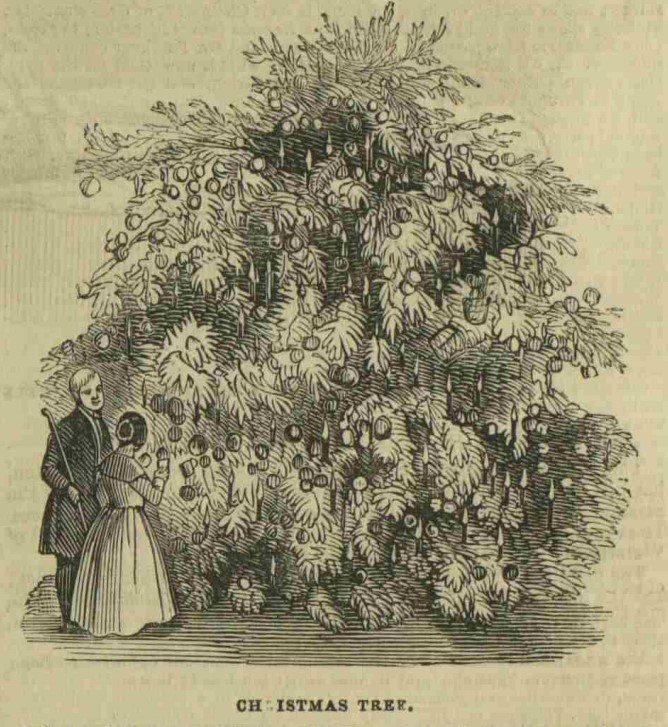
First, the tree
To create a truly Victorian feel to your home or gathering, begin with the tree. While the tradition had been around for many years before the mid-1800s, the people of the time embraced it with more vigor, possibly due to the ever-increasing industrialization that made trees more available, and also mass-produced Christmas products that featured them.
During the time, trees would have been decorated with paper ornaments, ribbons, and candles, lit sporadically during family gatherings or on the day itself. I highly suggest electric lights over open flames, however.
Decorate the rest of the house
Decorating the entire house was a Victorian tradition that hasn’t quite survived. When I say the entire house, I mean the bedrooms and all. I was lucky to have an inside look to this tradition last year as a part of my work as a volunteer for the Molly Brown House. In order to be most historically accurate for the Christmas season, we were asked to decorate each room in the house, something that I found so charming.
In the 1800s and early 1900s, people would have decorated primarily with plants and foliage, real, not plastic. An 1880s edition of Cassell’s Household Guide states that one should be very generous in decorating the house with holly, ivy, laurel, yews and arbor vitae, Myrtle and box. But of course, the manual also encourages readers to be creative as well: “These hints will make it an easy task to adorn the house for Christmas; but half the pleasure consists is inventing new devices, and giving scope to one’s taste and ingenuity, new ideas springing up and developing themselves as the occasion arises, till the worker finds delight in the work, and is thus best rewarded for the toil.”
Kissing Bough
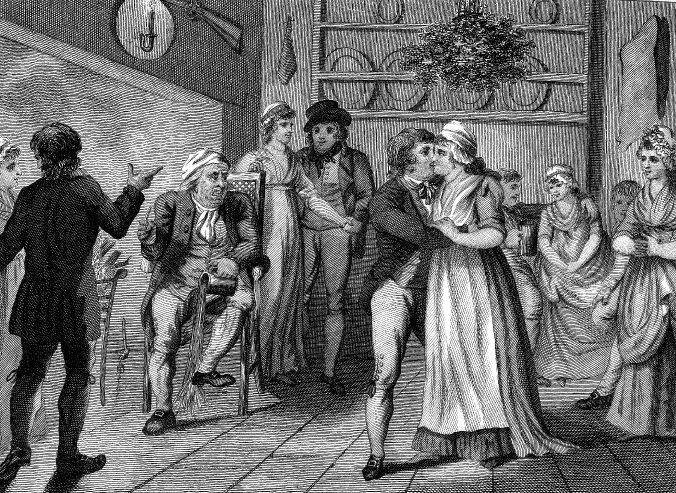
In addition to using flowers, foliage, and plants for general decorating, it was also important that all proper households have a kissing bough, or what we would today simply refer to as mistletoe. Cassell’s states, in regards to a sprig of mistletoe: “no Christmas would be thought complete if there did not hang in hall or dining-room a bunch of its curiously-forked branches, with their terminal pairs of nerveless pale-green leaves, and white crystalline berries.”
In addition to the mistletoe, a kissing bough may have also included the above-mentioned plants arranged in a sphere with mistletoe and ribbon in the middle. This is a tradition that dates back centuries before the Victorian era.
Centerpieces
Every household manual and etiquette book that I read heavily emphasized an elaborate dining table centerpiece as part of a party’s Christmas decorations. These would be created using again, the above-mentioned plants, ribbons, and a lot of candles. One popular design was to place a ribbon for each party guest from the centerpiece to their dinner plate. I have also read of small gifts for each guest being used as a part of the table decor.
Christmas dinner, Victorian style
Though many families in America have their large and fancy dinners on Christmas Eve, the “Christmas dinner” is a tradition started in Victorian times that has been passed down, though the dishes look a bit different. If you are hoping for a Victorian feel, however, you might want to consider trying out one or two of their favorite dishes.
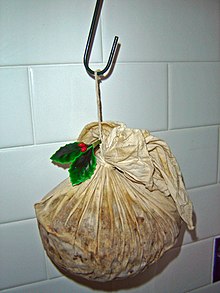
Plum pudding
The most common dish of the Victorian Christmas dinner was plum pudding, also called Christmas pudding, or just “pud.” Just as “biscuits” in England are “cookies” in America, the term “pudding” in this case refers to something entirely different than a cold chocolate treat eaten with a spoon. A tradition Christmas pudding is a dense cake made of stewed fruits and brandy and topped with sauce. It is prepared days ahead of time, left to sit (or more traditionally, hang) in order to let the flavors take shape. I have had it while living overseas and it is quite delightful.
Christmas pie
Another Christmas dinner staple was the Christmas pie, or mincemeat pie. These are rich and elaborate dishes and I’m not too surprised that we don’t generally see them served in America. Cassell’s states that every family should serve one for the holiday, though they should be confined to Christmas. The recipe they suggest, one passed down many generations, includes “A pound of beef suet, chopped fine ; a pound of raisins, stoned ; a pound of currants, cleaned dry ; a pound of apples, chopped fine ; two or three eggs ; allspice, beat very fine, and sugar to your taste ; a little salt, and as much brandy and wine as you like.”
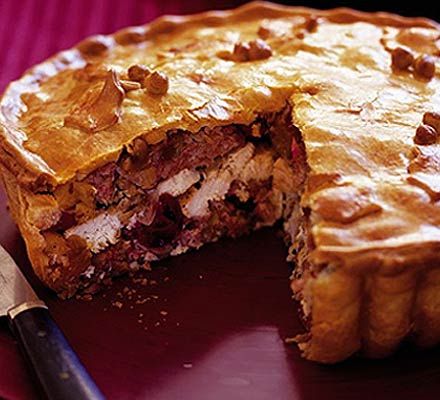
The ingredients would have been baked with a pie crust.
The mincemeat pie was similar and was also seen as a Christmas dinner go-to. This too sounds a bit much for my taste. Cassell’s recipe says:
“Take four pounds of raisins, stoned, and four pounds of currants, washed clean, four pounds of apples, six pounds of suet, and half a fresh ox-tongue, boiled, half a pound of candied orange-peel, ditto candied lemon, and a quarter of a pound of citron, all chopped ; the juice of three oranges and three lemons, with the peel of two grated; half a pound of moist sugar, two glasses of brandy, two of sherry, one nutmeg grated, a spoonful of pounded cinnamon, and half an ounce of salt. Mix all these well together, put the whole into jars, and keep it tied over with bladder. A little of this mixture baked in tart-pans with puff-paste forms mince-pies.”
Do you see yourself serving Christmas pie or mincemeat pies this year?
Libations
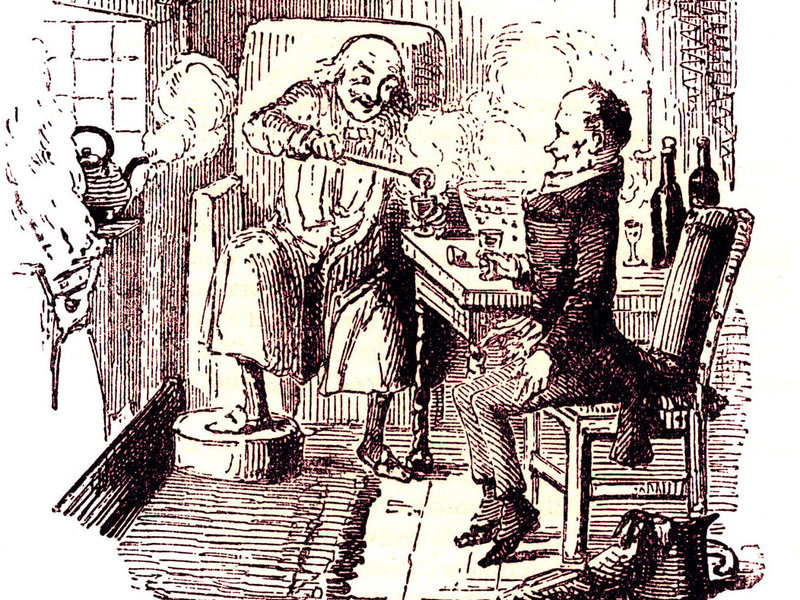
Cocktails were just beginning to be popular during the Victorian era and today no party would be complete without a couple of options. As we saw in my mulled wine post, this drink had become trendy due to Charles Dickens including it in A Christmas Carol. Dickens was also a fan of a cocktail called Sherry Cobbler, which is details in his book Life and Adventures of Martin Chuzzlewit: “Martin took the glass with an astonished look; applied his lips to the reed; and cast up his eyes once in ecstasy. He paused no more until the goblet was drained to the last drop. ‘This wonderful invention, sir,’ said Mark, tenderly patting the empty glass, ‘is called a cobbler. Sherry Cobbler when you name it long; cobbler, when you name it short.’”
The cocktail is a combination of a couple of different types of sherry, citrus, and sugar syrup. Dicken’s description of his character enjoying the drink for the first time is also indicative of how new mixed drinks were during the Victorian era.
Another drink that started to gain popularity during the time was eggnog, one that is heavily contested in America today. I love it and plan to drink a lot of it this year, what’s your opinion on the creamy drink?
Enjoying each other’s company
For a lot of people, the best part about Christmas parties is simply being with friends and family. Victorians would have enjoyed singing carols together after dinner was complete and the libations kicked in. This too, is a tradition largely credited to the Victorian era, as many of the songs we still enjoy today were written during that time. These include:
O Come all ye Faithful (1843)
O Little Town of Bethlehem (1868)
Hark! The Herald Angels Sing (1840)
Away in a Manger (1883)
Joy to the World (1839)
Jingle Bells (1850-59)
It Came Upon a Midnight Clear” (1846-50)
Up on the Housetop (1860)Jolly Old St. Nicholas” (1890s)
A house decorated with holly and ribbons, a Christmas tree to delight, a hearty dinner, and singing. I think the Victorians knew what they were doing and I think it all sounds like a recipe for many memories.

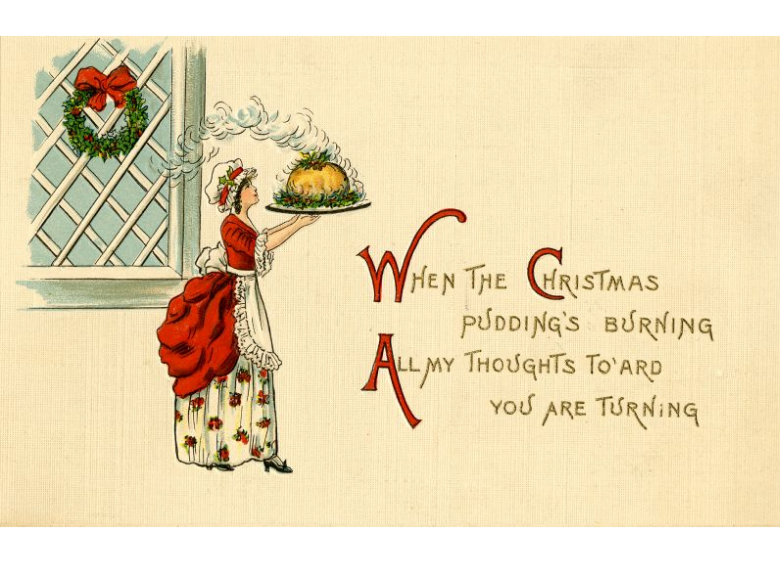










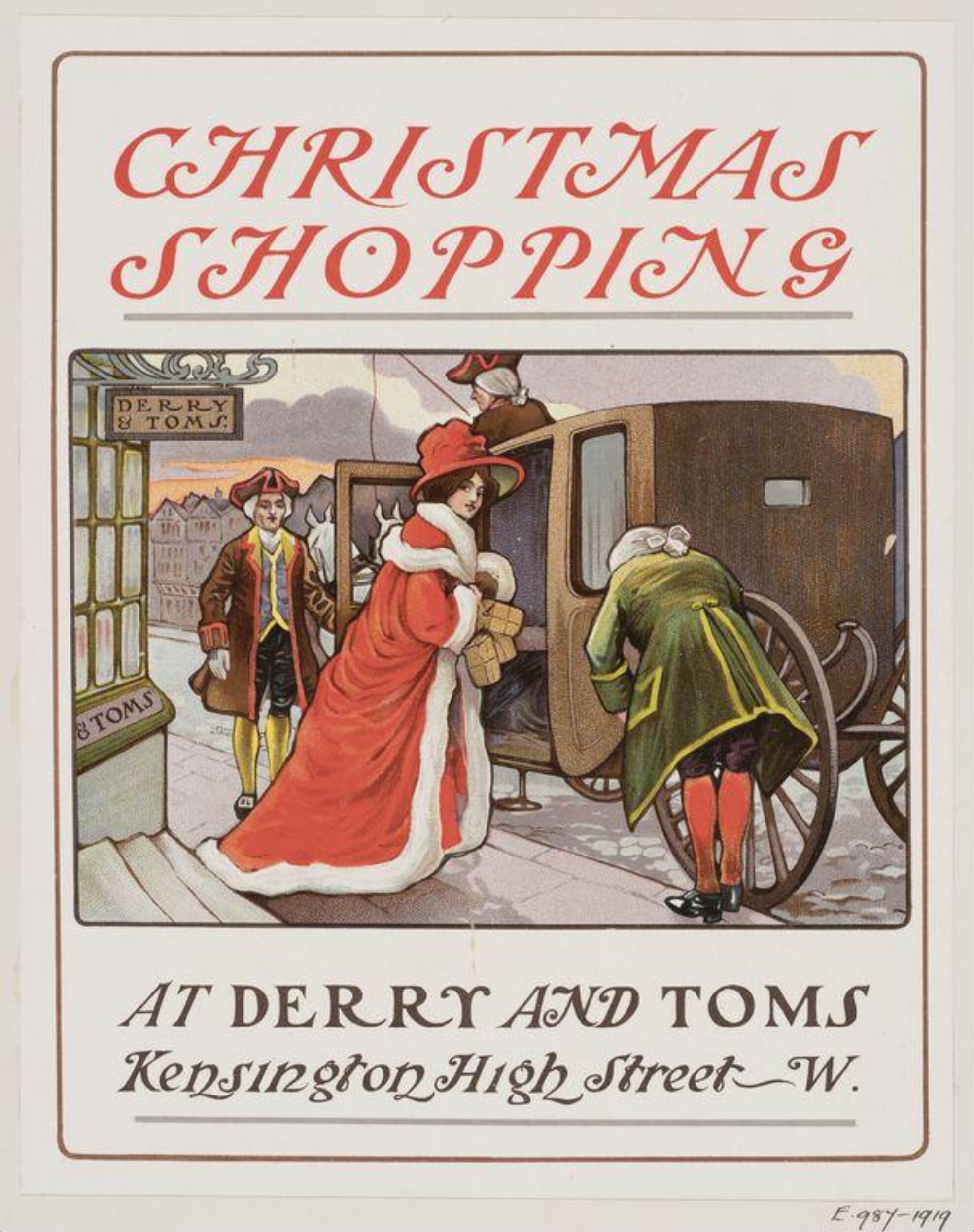
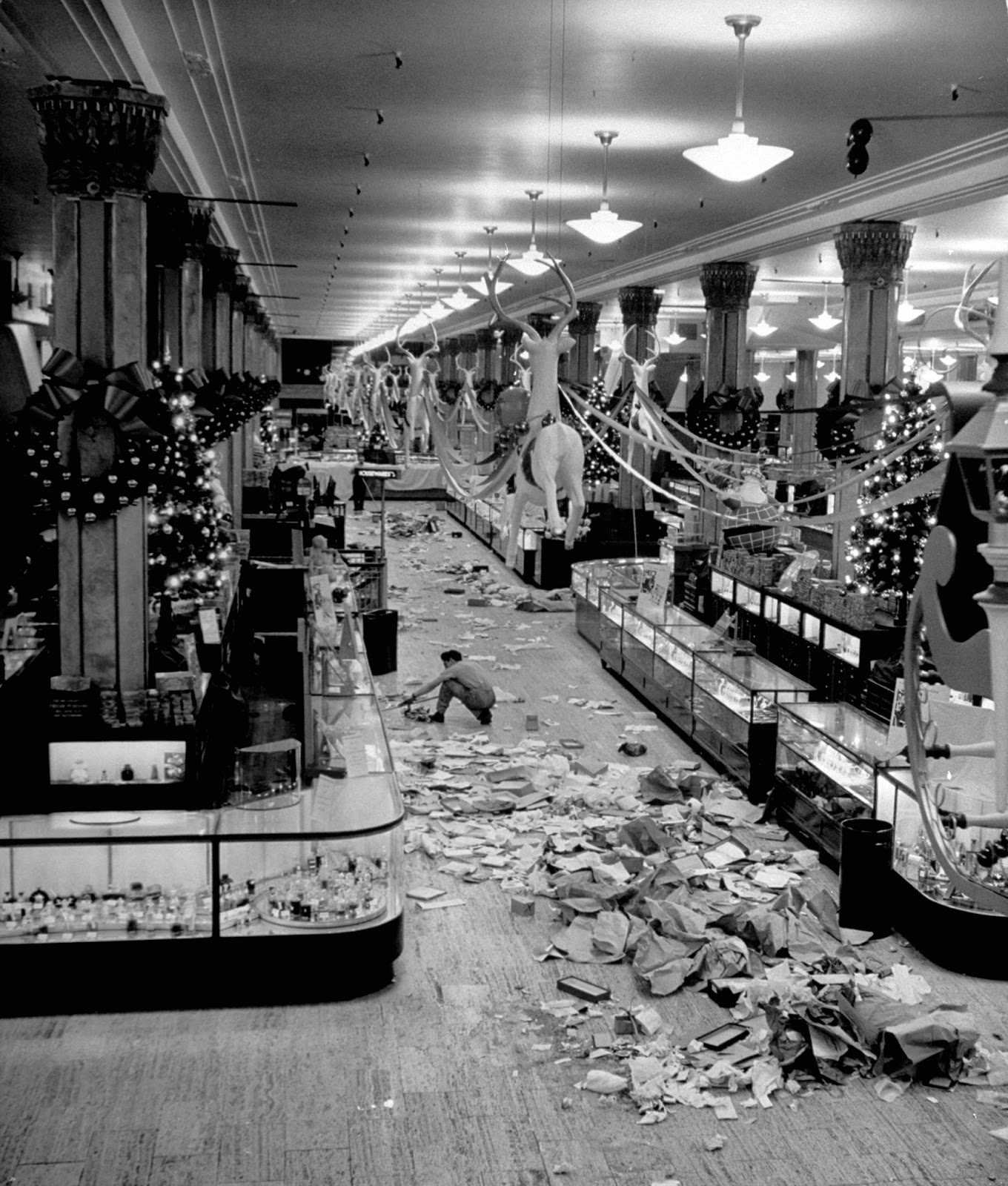
Thank you!